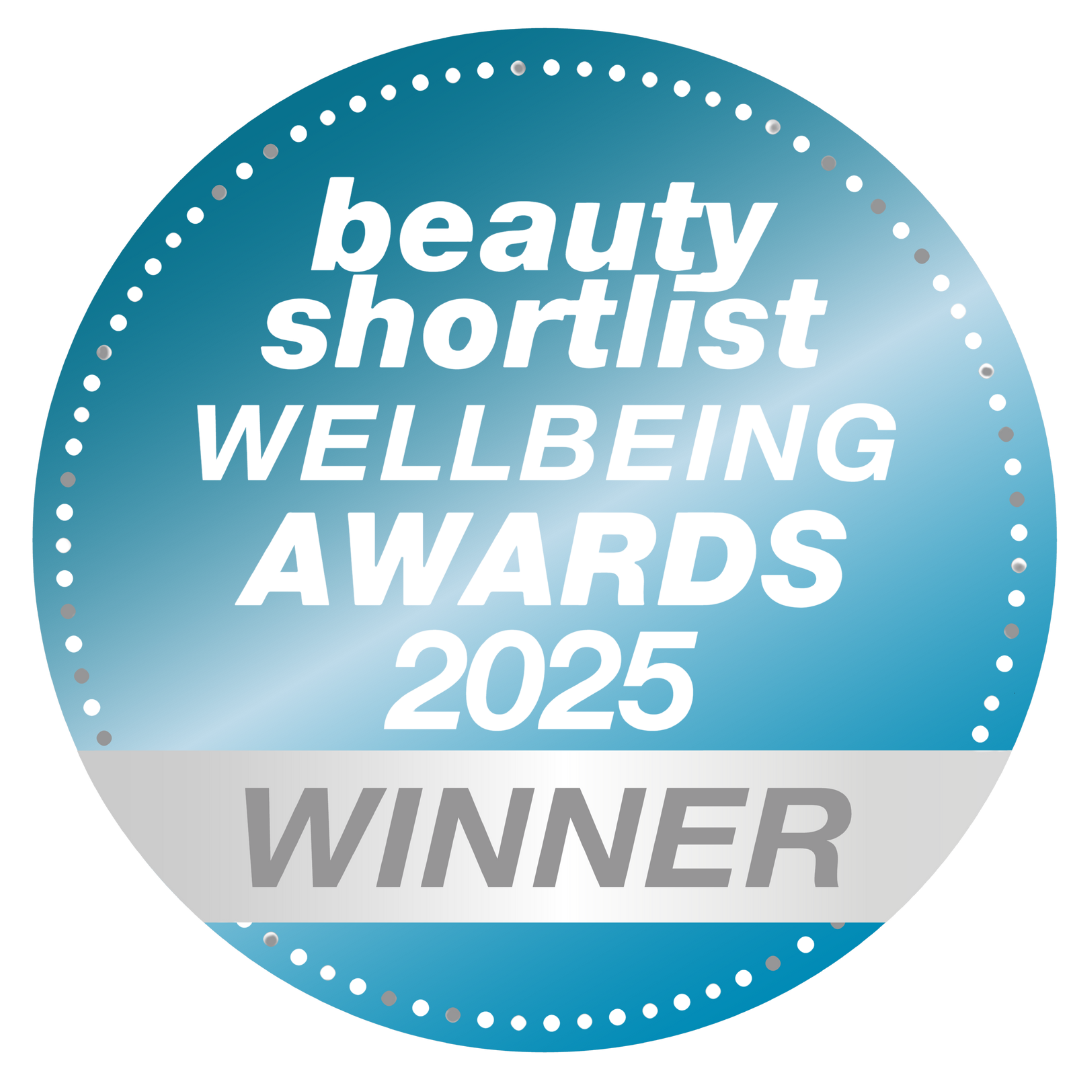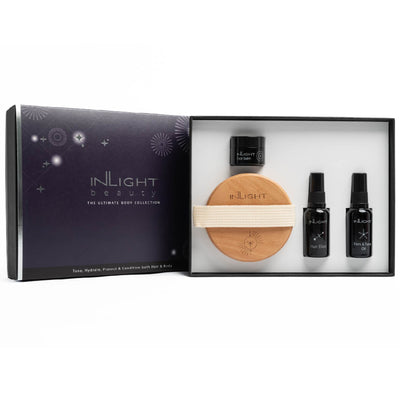
Decoding Skincare Ingredients
Navigating ingredient trends can be overwhelming. We demystify common compounds, exploring what they are and why organic skincare provides a superior, synthetic-free path. Discover the power of natural alternatives and true botanical beauty. We decode the world of skincare, one ingredient at a time.
Our Natural Alternative to Hyaluronic Acid

Our Natural Alternative to Hyaluronic Acid
Hyaluronic acid (HA) is renowned in skincare for plumping fine lines and wrinkles and boosting skin hydration. While effective, conventional HA is often synthesised or derived from non-vegan sources, which conflicts with our commitment to cruelty-free, organic skincare. We choose nature's superior alternative: prickly pear extract. Rich in moisture-binding compounds and antioxidants, this potent, plant-based ingredient works tirelessly to replenish moisture, restore elasticity, and leave skin looking radiant—delivering visible results with ethical peace of mind.
Cacay Oil: The Gentle Retinol Alternative

Cacay Oil: The Gentle Retinol Alternative
Retinol, a powerful Vitamin A derivative, is popular for boosting skin renewal and reducing fine lines and wrinkles. However, synthetic retinol often causes dryness, peeling, and irritation, which can worsen sensitive skin conditions and sun damage.
Our organic skincare solution is Cacay Oil. Derived naturally, this oil provides retinol content that is gentle yet effective, promoting skin renewal without harsh side effects. Rich in vitamins and antioxidants, Cacay Oil nourishes skin, leaving it smooth, supple, and radiant—the perfect natural alternative.
Olive Oil: The Sustainable Squalene Alternative

Olive Oil: The Sustainable Squalene Alternative
Squalene is a natural lipid prized in skincare for its intense moisturising and antioxidant properties, helping to hydrate and protect the skin barrier. Conventionally, Squalene was sourced from shark liver oil, raising severe ethical and sustainability concerns.
Our organic skincare commitment means we choose the superior, cruelty-free alternative: olive oil. This everyday superstar is naturally packed with plant-based squalene, delivering powerful hydration and nourishment that leaves skin soft and smooth. Find this vital natural ingredient in our Body Oil with Arnica.
Green Tea: The Soothing Niacinamide Alternative

Green Tea: The Soothing Niacinamide Alternative
Niacinamide (Vitamin B3) is a popular ingredient known for improving skin texture, minimising pores, and brightening the complexion. However, research shows that high concentrations can cause skin irritation and redness, especially for sensitive skin.
We champion a gentle, effective organic alternative: green tea extract. Bursting with powerful antioxidants, this natural ingredient acts as a superhero, protecting skin from environmental damage while soothing inflammation and calming redness. It's the perfect, gentle solution for radiant, healthy skin.
Hibiscus: The Natural AHA Alternative

Hibiscus: The Natural AHA Alternative
Alpha Hydroxy Acids (AHAs), like glycolic and lactic acid, are widely used for effective skin exfoliation, achieving a smoother, brighter complexion. However, conventional AHAs often involve synthetic ingredients, harsh manufacturing, or animal-derived ingredients, which conflicts with vegan and organic skincare principles.
We choose hibiscus extract. This botanical powerhouse is naturally rich in AHAs, providing gentle, effective exfoliation. Its antioxidant properties combat stress, improving skin texture and tone while supporting our commitment to sustainable, plant-based beauty.
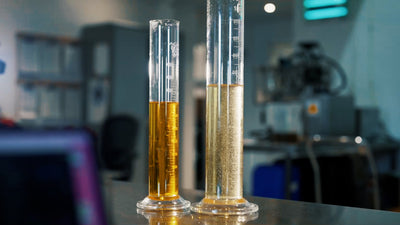
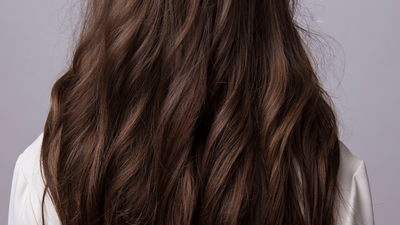
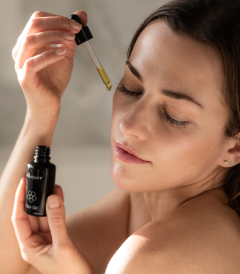

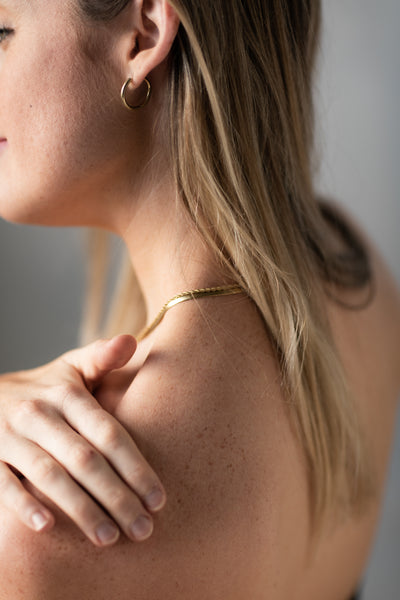
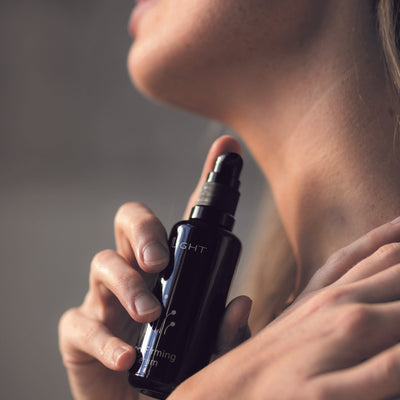
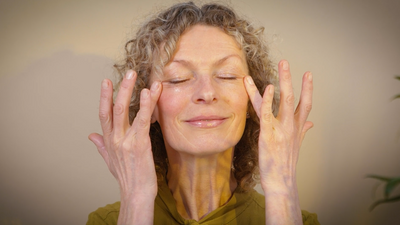
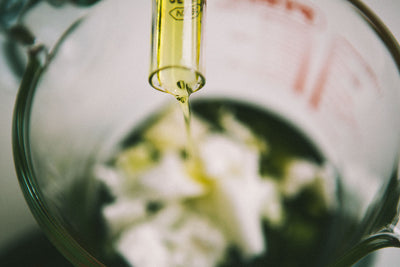





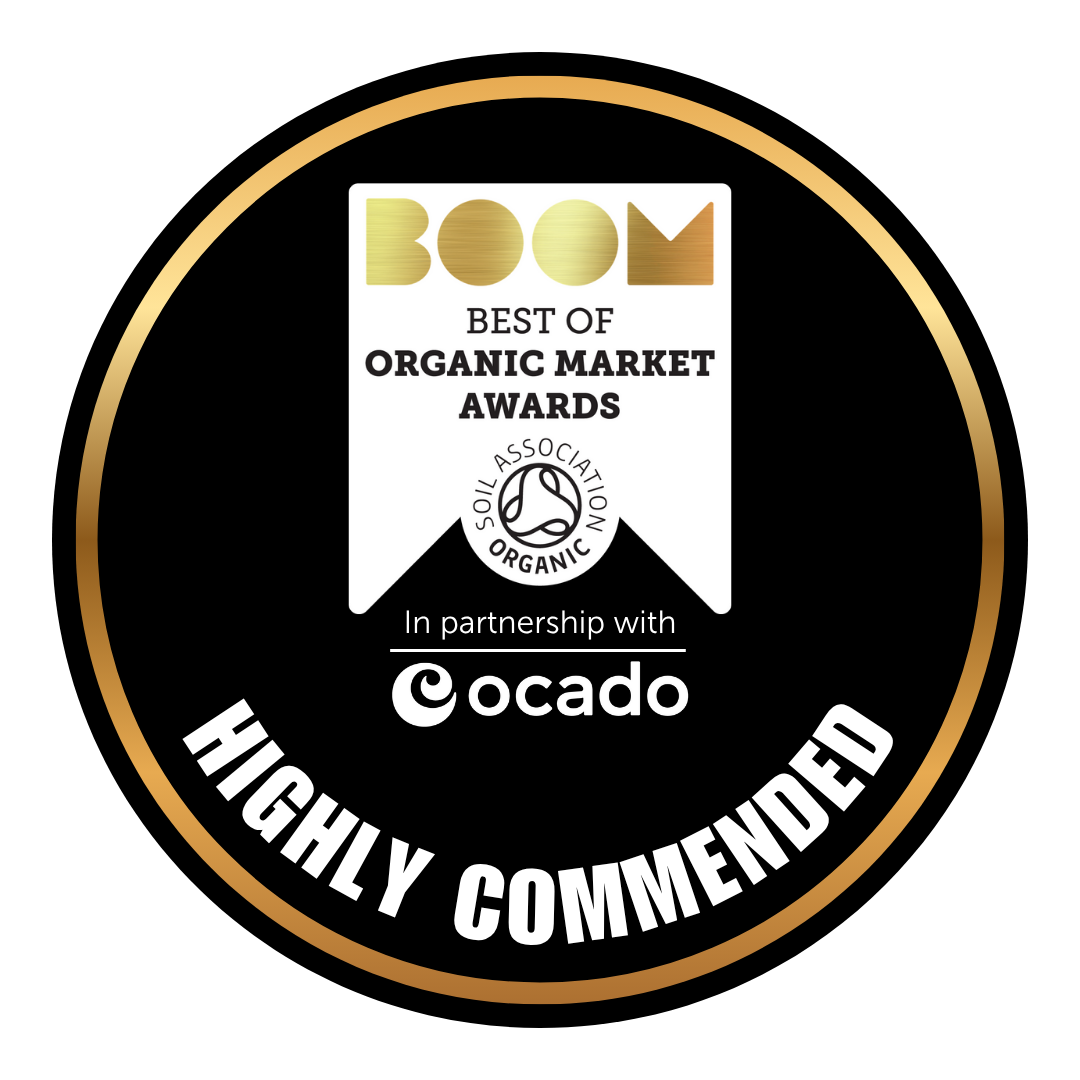

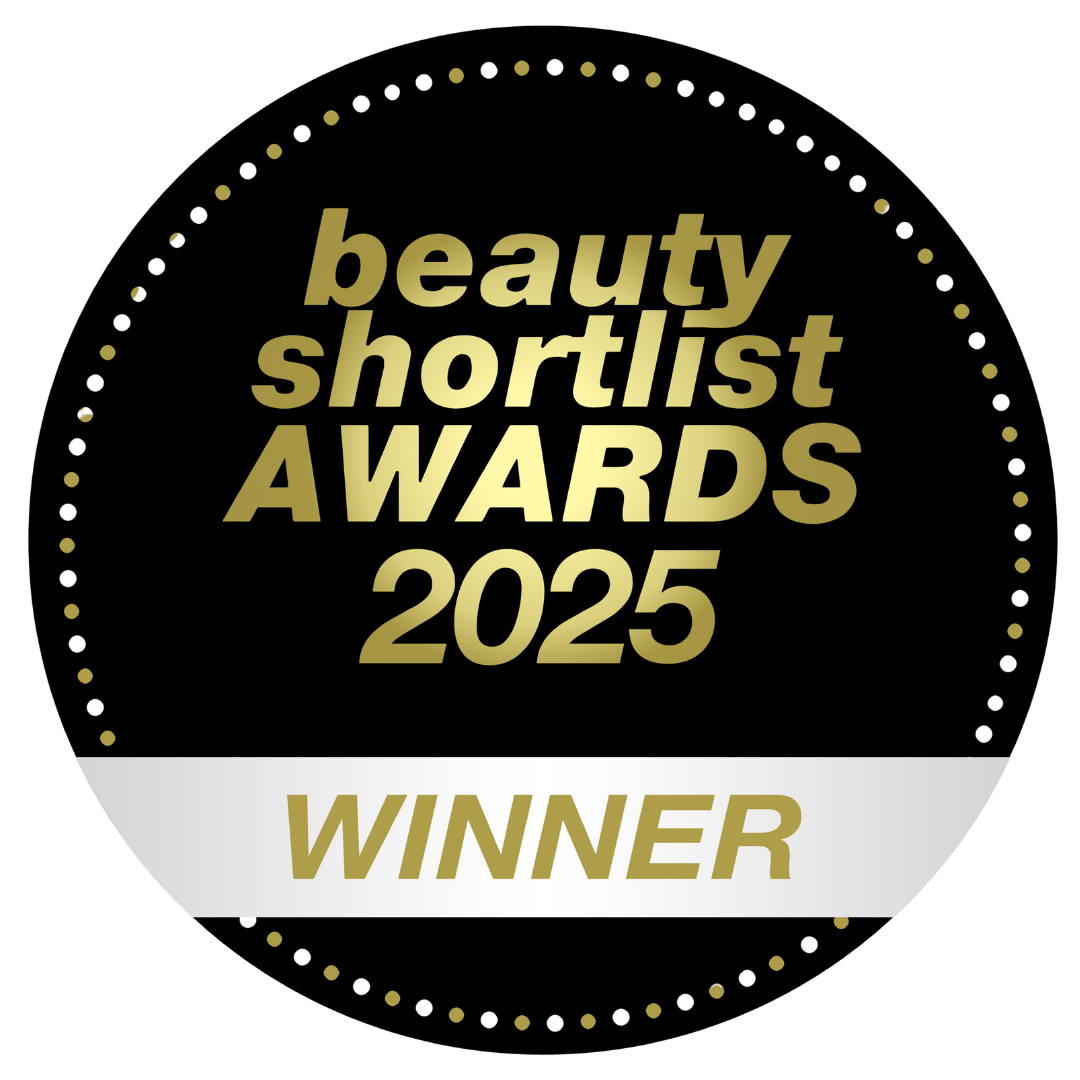

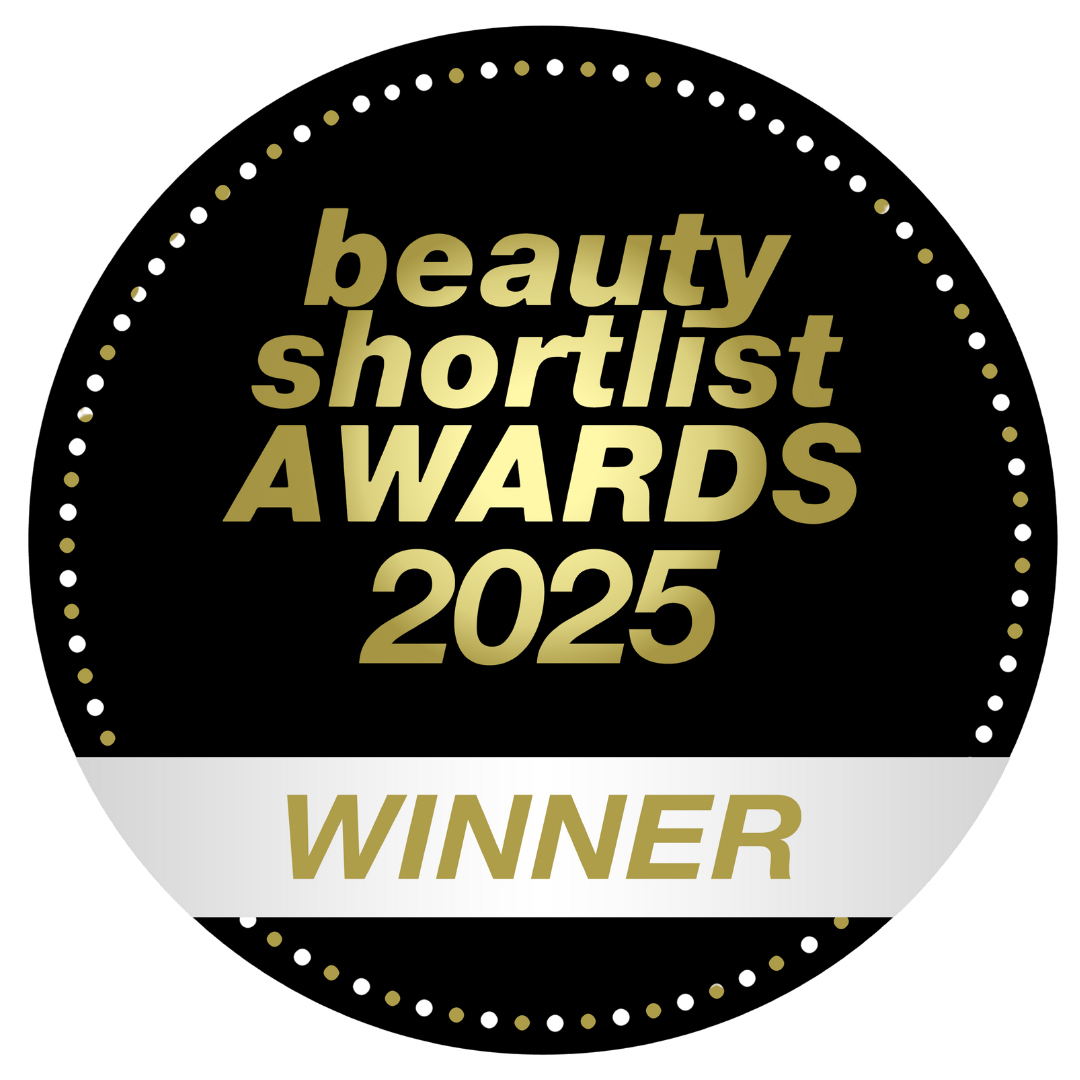

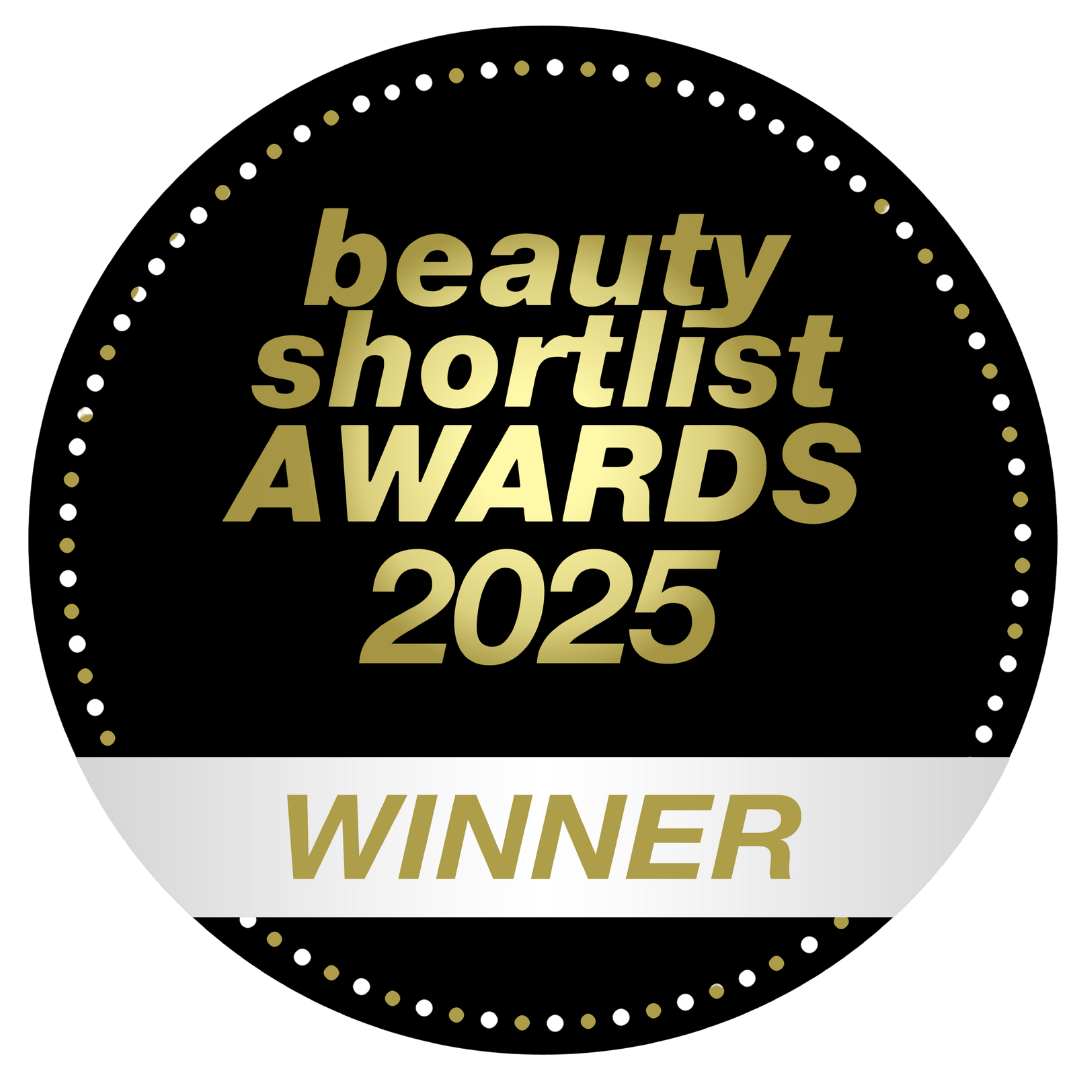

.png?v=1724255750489)

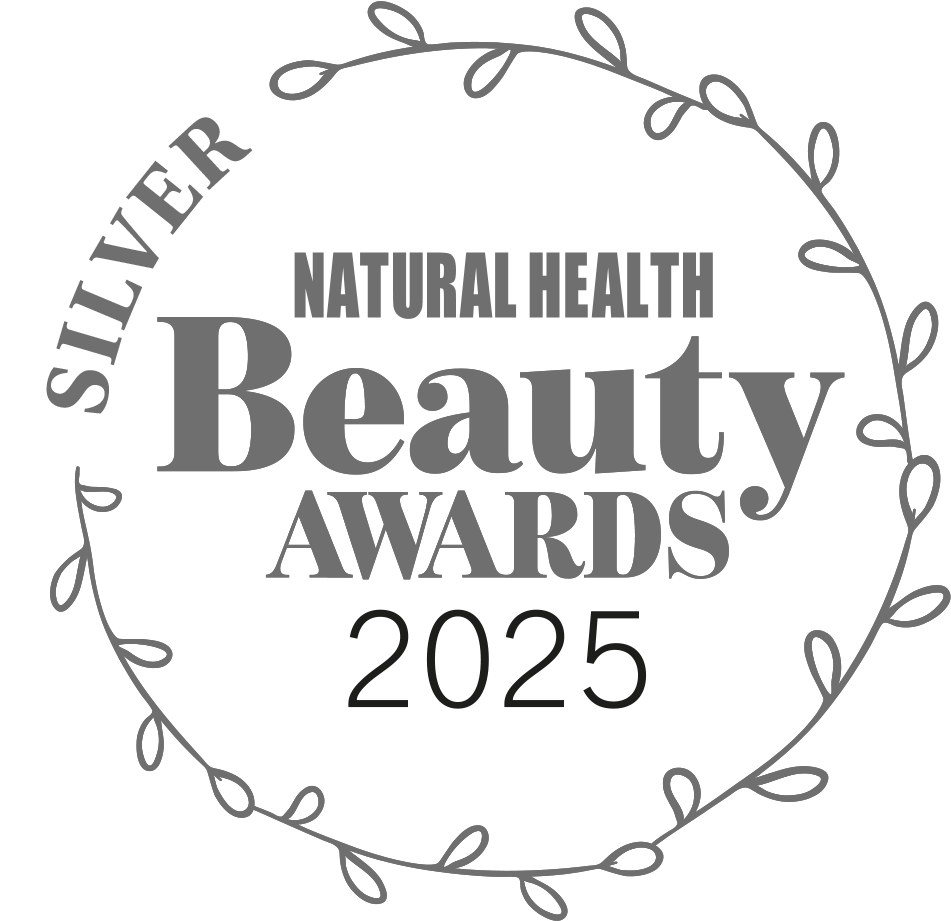

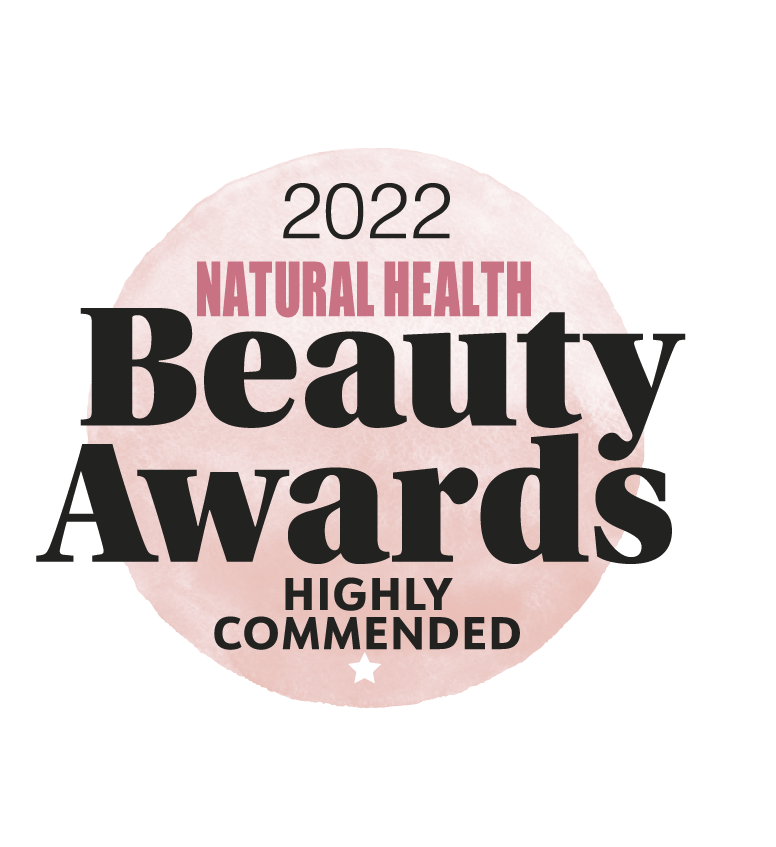

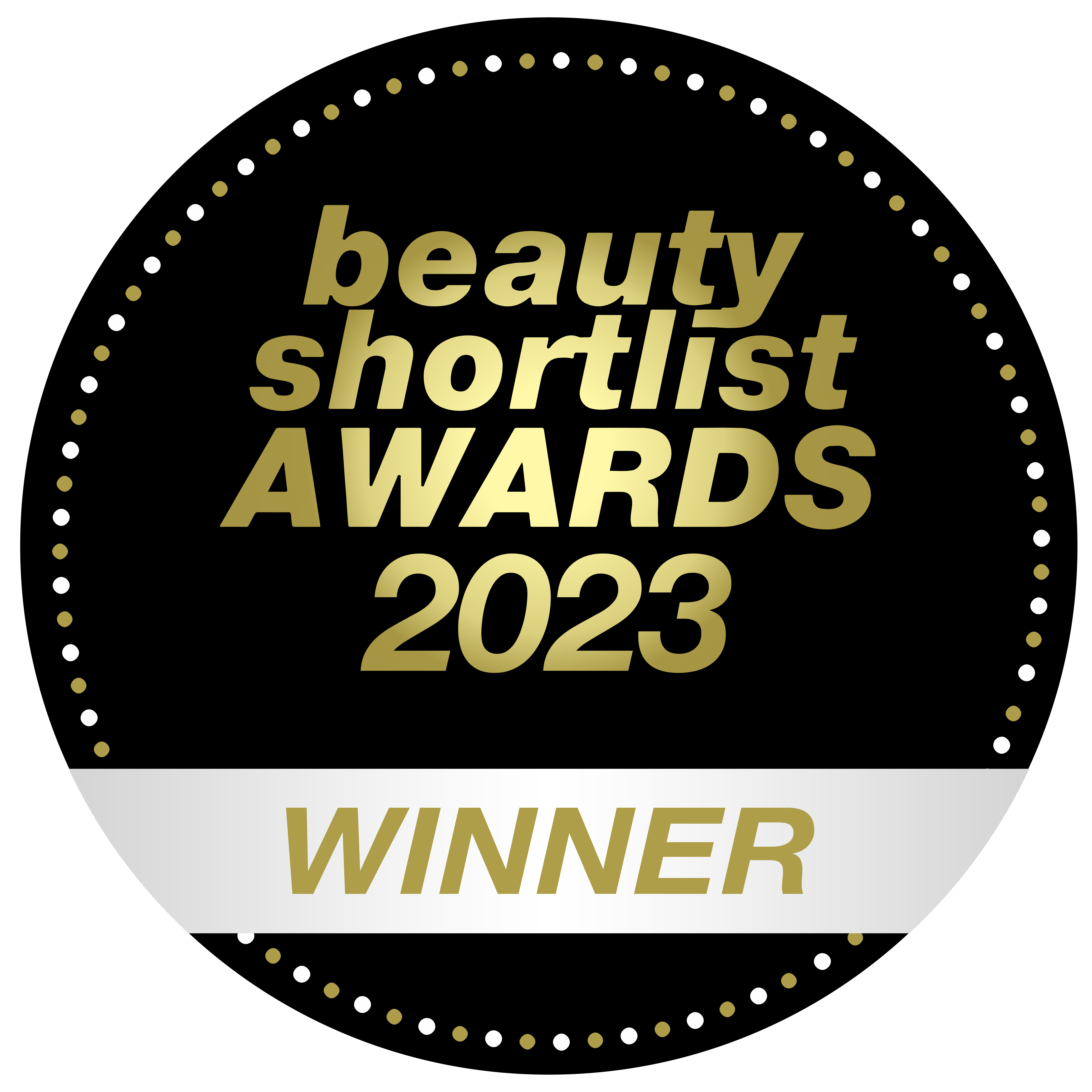

.png?v=1724250433717)


